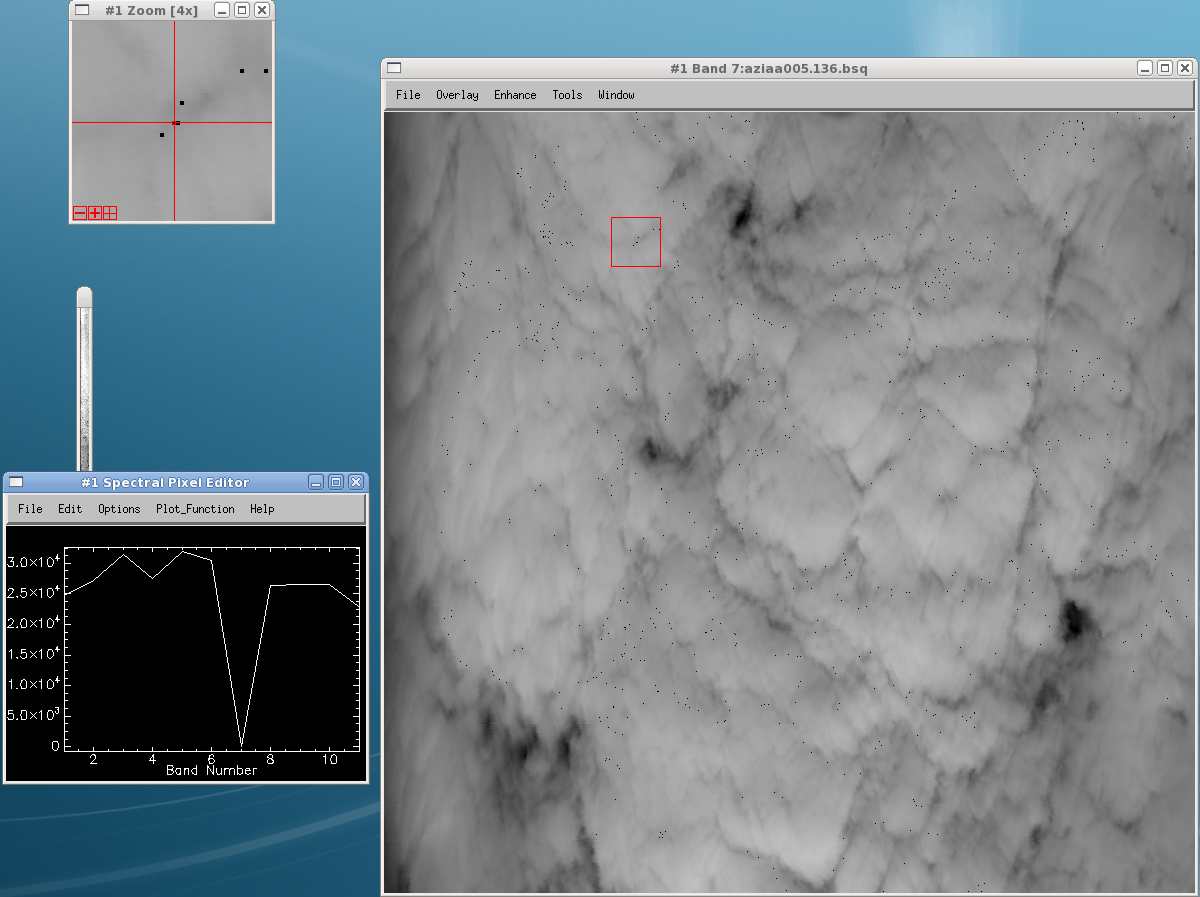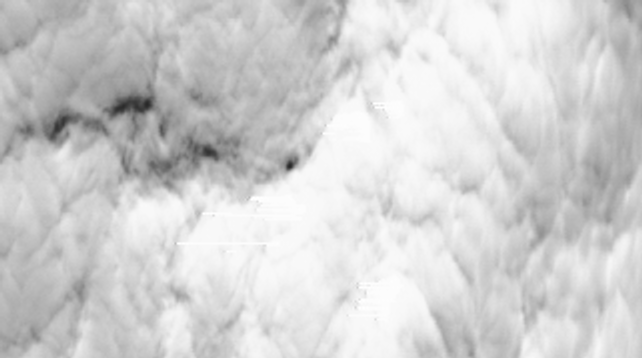Custom Query (432 matches)
Results (37 - 39 of 432)
| Ticket | Resolution | Summary | Owner | Reporter |
|---|---|---|---|---|
| #145 | fixed | Wider scale geoid spheroid file needed | benj | mggr |
| Description |
A geoid-spheroid file is required for processing with a DEM based on the geoid. For UK flights, we use osgb02.cgrf, which is a high accuracy description as recommended by the OS. The other files we have in ~arsf/dems/geoid-spheroid are: igg2005.grd (Portuguese grid?) and sphseplx.grd (European region). Both are apparently a 7.5min grid. To process Ethiopia (and IPY and other) data, using SRTM DEMs, we need a larger grid. This ticket is somewhat belated - the issue was raised during Bill's visit to PML in March, but pushed recently as we started to work on Ethiopia data. |
|||
| #166 | fixed | Support: 13/Jun/08, John Stevenson, IPY07/02, Lidar interpolation issue | benj | benj |
| Description |
Query relating to Thingvallavatn (#98) lidar data - overlapping flight lines in opposite directions causing interpolation artefacts (see attached image). We believe these are caused by the lidar being aimed down a steep slope flying one way and up it flying the other coupled to a slight boresight offset, causing a difference in exactly where it hits the slope in each case being calculated as the same location (hence why it only happens on steep slopes, and only on slopes that are either roughly parallel to or perpendicular to the plane, depending on which boresight angle is off). Suggested solution is to average the lines using r.mapcalc in Grass prior to interpolation of null areas. If the slope is of a fairly constant gradient and the problem is caused by the above, this should hopefully produce reasonable results. Also asked Gabriel Amable at ULM for any suggestions. Given example data in ~arsf/support/20080813-JohnStevenson Original email as below: Hi, I am working on the 203_Thingvallavatn dataset. I am processing the LiDAR to generate a 1 m DEM. I have combined the xyz points from each of the .all files into one big file for processing. When the data are plotted (via nearneigbor and grdview in GMT, or via v.in.ascii and v.surf.rst in GRASS, or r.in.xyz and r.resamp.rst in GRASS), I find that some areas contain ESE-trending stripes. These have a spacing of 3-5 m and an amplitude of a few 10s of centimetres. The lines are perpendicular to the flightlines and I imagine that they are due to disagreement between data of different flights. How do you recommend that I treat the data to remove these? The stripes are only present on steeper slopes with a NNW to ENE aspect, so I am currently applying a filter to these areas (with the smooth=map parameter in r.resamp.rst). Do you have any other suggestions? I have attached some sample data points and a plot of the problem. Thanks, John |
|||
| #189 | wontfix | Black flecks in ATM data | benj | benj |
| Description |
Some (generally high-brightness) level 1 ATM data contains scattered black flecks (can be quite numerous). Most frequent in band 7, but do occur in other bands. Example screenshot (from EUCAARI day 136): Looking at the raw data with qcdisplay, the flecks aren't present, but there are short horizontal white lines. These seem to be less numerous than the black flecks and may or may not be related. Example screenshot (same flight): Probably not worth doing anything about, since ATM is dying and due for replacement. First noticed as part of #115 |
|||

